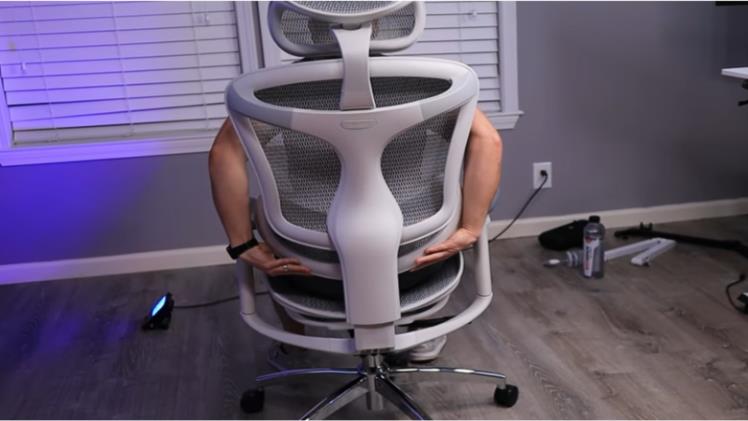In the quest for healthier and more productive work habits, standing desks have emerged as a popular solution. These ergonomic workstations offer the promise of reduced sedentary behavior and increased movement throughout the workday. However, like any tool or lifestyle change, standing desks come with their own set of advantages and potential drawbacks. Let’s explore the pros and cons of using a standing desk to help you make an informed decision about incorporating this trend into your work routine.
The Pros of Using a Standing Desk
1. Enhanced Movement
One of the primary benefits of a standing desk is that it encourages more physical activity throughout the day. Standing allows you to shift your weight, stretch, and even take short walking breaks without leaving your workspace. This increased movement can help combat the negative effects of prolonged sitting.
2. Improved Posture
Standing naturally promotes better posture as it engages core muscles and encourages you to maintain an upright position. By avoiding the slouching often associated with sitting, you can help reduce the risk of back and neck pain.
3. Enhanced Circulation
Standing encourages better blood circulation, which can help prevent issues such as swelling in the legs and feet. Improved circulation also contributes to better oxygen flow to the brain, potentially boosting cognitive function and alertness.
4. Increased Energy and Productivity
Many users report feeling more energized and focused when using a standing desk. The act of standing can increase blood flow and oxygen levels, leading to improved concentration, creativity, and overall work performance.
5. Reduced Health Risks
Research suggests that standing desks may be linked to a lower risk of certain health conditions, including obesity, type 2 diabetes, and cardiovascular diseases. These health benefits stem from the reduction in sedentary time and the promotion of movement.
The Cons of Using a Standing Desk

1. Muscle Fatigue
Standing for prolonged periods can lead to muscle fatigue, particularly in the lower back and legs. This discomfort may hinder your ability to focus on tasks and could potentially lead to other musculoskeletal issues if not managed properly.
2. Foot Discomfort
Standing on hard surfaces without proper footwear or support can lead to foot pain or discomfort. This is especially true if you’re not accustomed to prolonged standing.
3 aricose Veins
Excessive standing can contribute to the development of varicose veins, particularly if you’re not taking breaks to move and shift your weight. Varicose veins can cause discomfort and affect your overall leg health.
4. Reduced Focus and Productivity
While standing can increase alertness and productivity for some individuals, it may have the opposite effect on others. Standing for long periods can be distracting and lead to decreased focus, especially if you’re not used to it.
5. Incorrect Setup
Using a standing desk incorrectly, such as having an improper desk height or not maintaining proper posture, can lead to additional health issues, including back, neck, and shoulder pain.
Finding Your Balance
Ultimately, the decision to use a standing desk depends on your individual preferences, work habits, and health needs. To maximize the benefits and minimize the drawbacks, consider a sit-stand approach. Alternate between sitting and standing throughout the day, and pay attention to your body’s cues. Invest in supportive footwear, anti-fatigue mats, and ergonomic accessories to create a comfortable and conducive workspace.
Remember, the key to a successful standing desk experience lies in finding the right balance that works for you. By understanding the pros and cons and making informed choices, you can create a work environment that promotes both your health and productivity.

